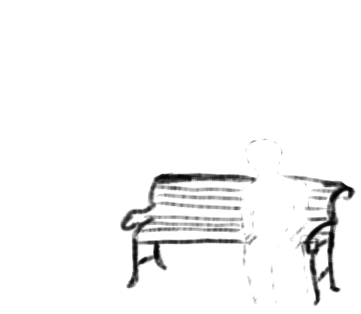Love: Part D of 4.
Our lives are slipping away. In minutes and by seconds, our lives are taken from us. We have no say in this. We do, however, have a say on what we spend our time. Really, that is the only…
Our lives are slipping away. In minutes and by seconds, our lives are taken from us. We have no say in this. We do, however, have a say on what we spend our time. Really, that is the only…

“Play makes us nimble — neurobiologically, mentally, behaviorally — capable of adapting to a rapidly evolving world.” ~Hara Estroff Marano: A Nation of Wimps I’ve heard discussions about something called the Buddy Bench. These are benches for children to…
“People with [Borderline Personality Disorder] are like people with third degree burns over 90% of their bodies. Lacking emotional skin, they feel agony at the slightest touch or movement.” ― Marsha M. Linehan Let me begin by saying I am not…
“The most painful state of being is remembering the future, particularly the one you’ll never have.” ~Kierkegaard The following content may be uncomfortable for some. If you have young children, please read. Otherwise, go on about your business, there’s…
“Recall how often in human history the saint and the rebel have been the same person.” ~ Rollo May, 1975, The Courage to Create, p. 35 Sitting in the circle, each of us took turns looking at the other wondering…